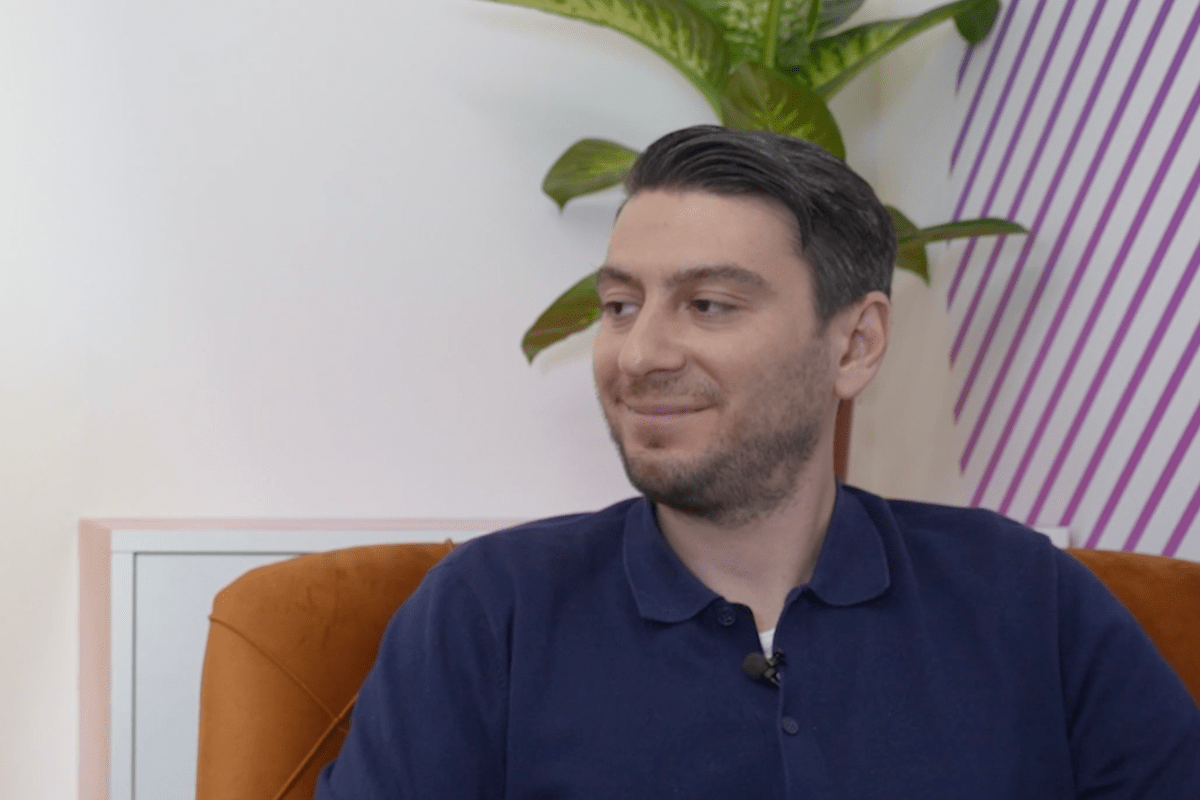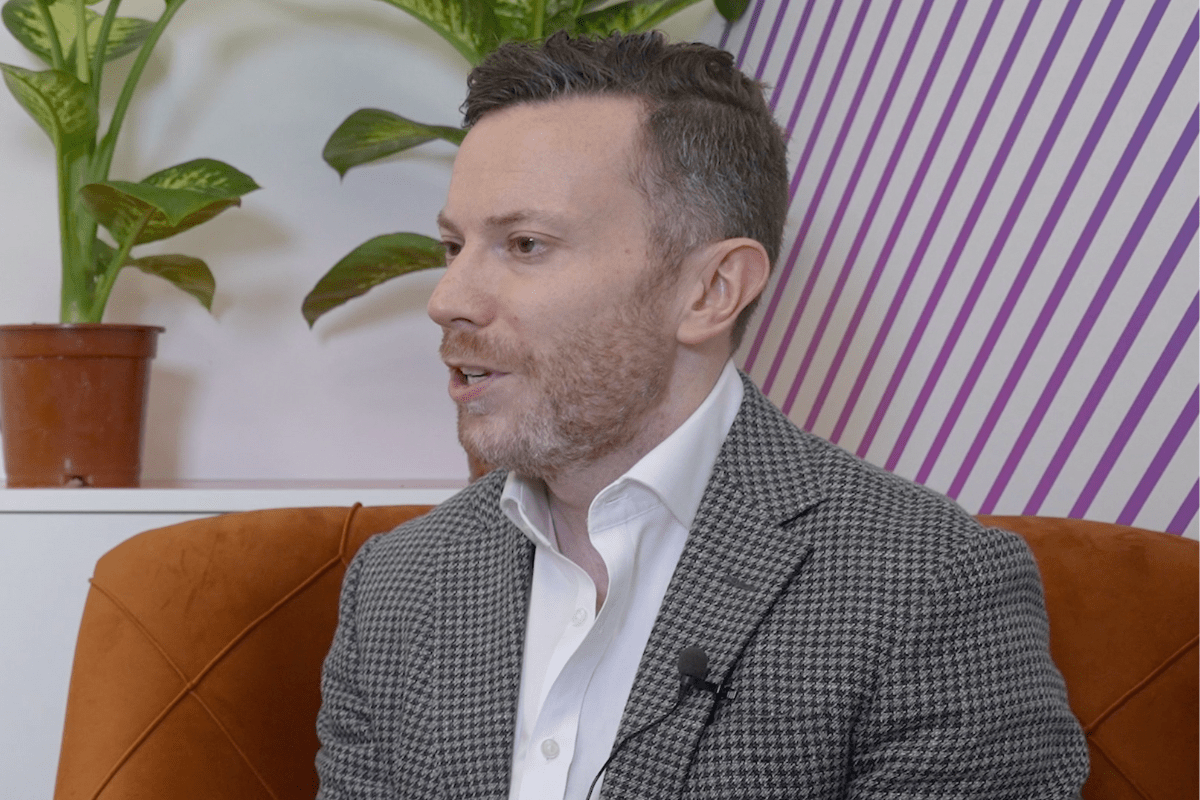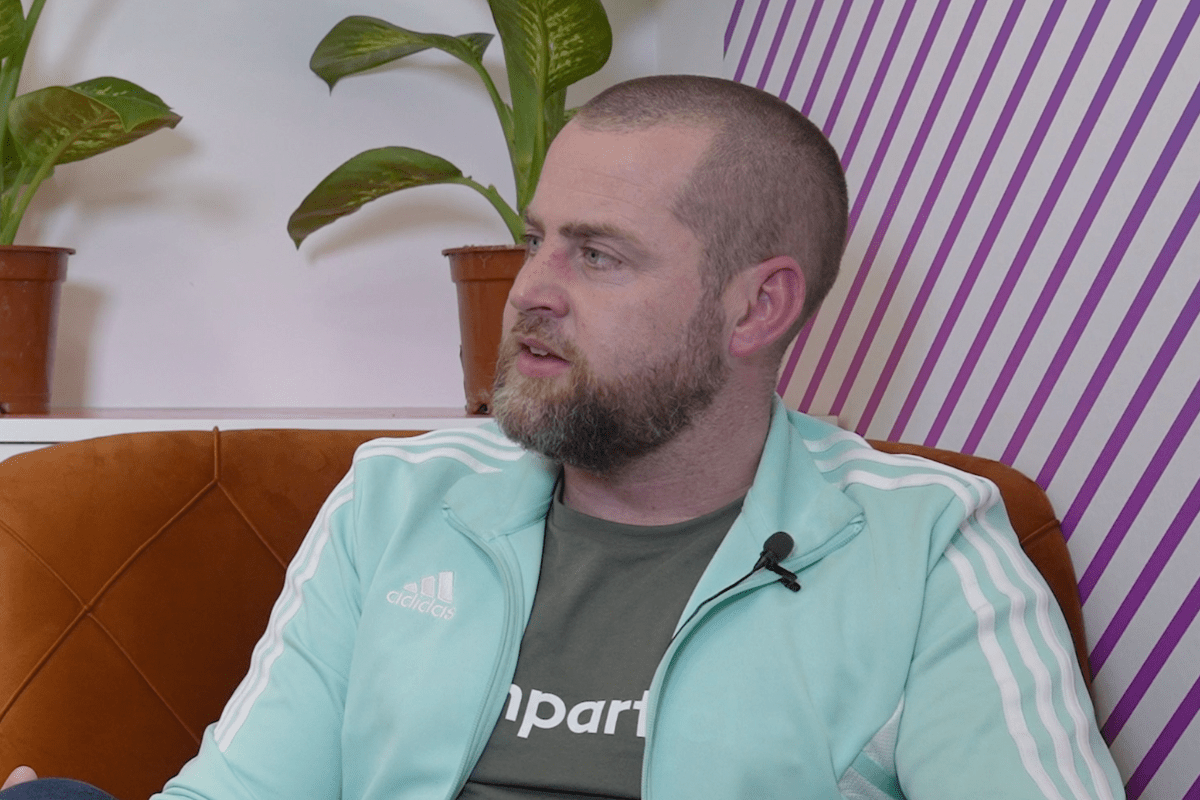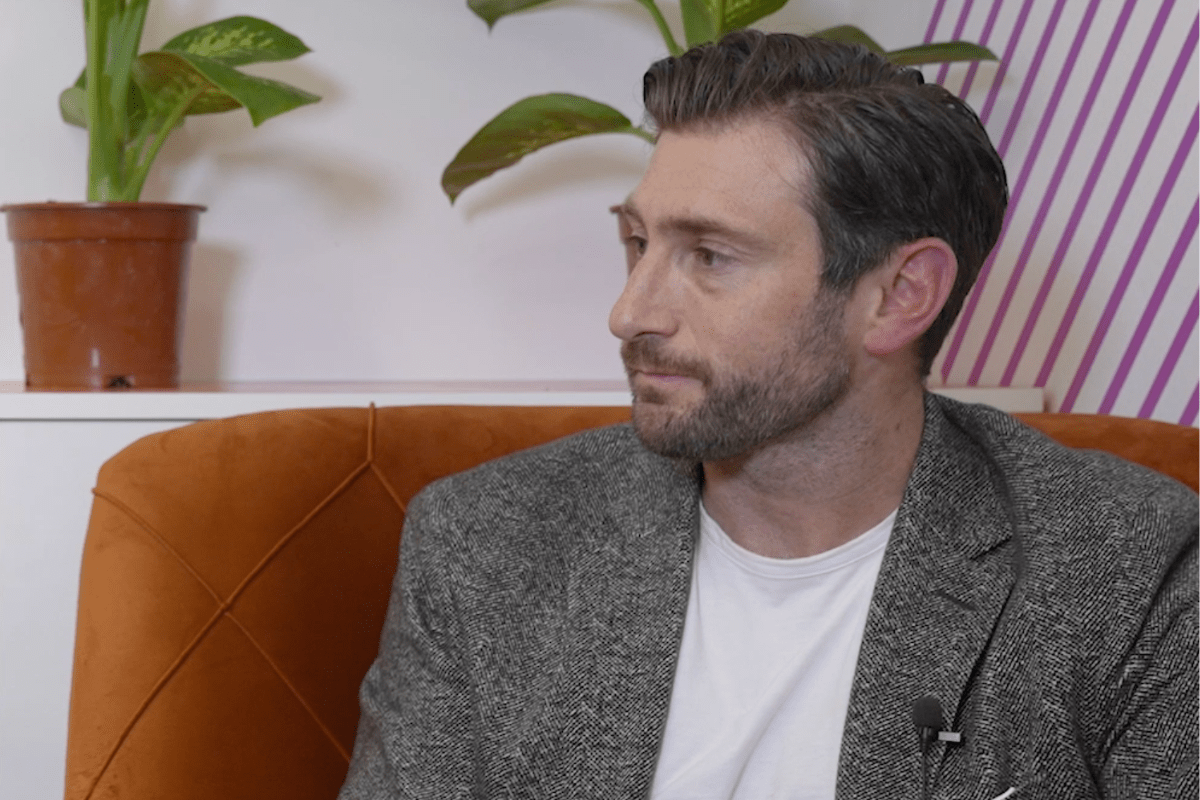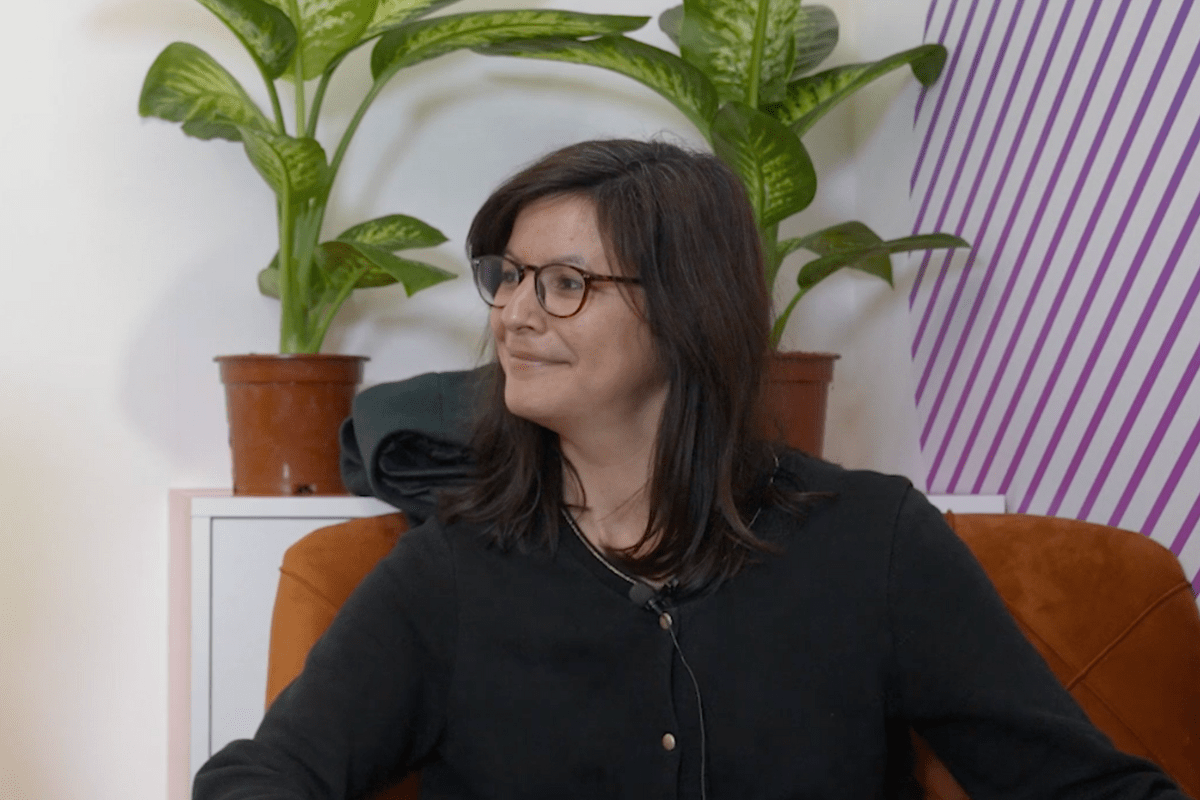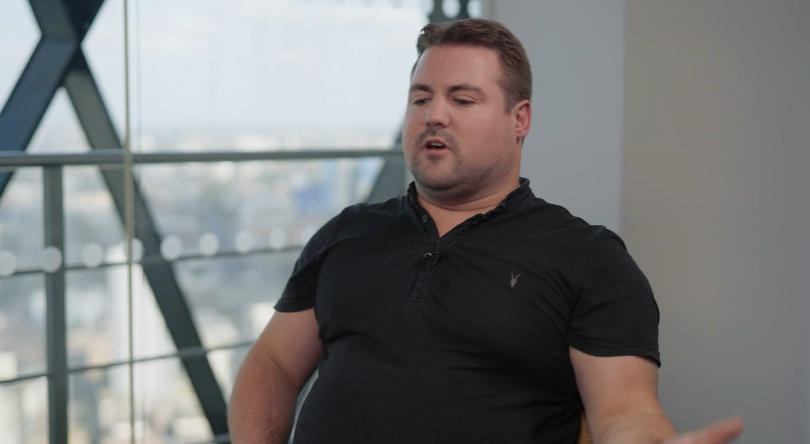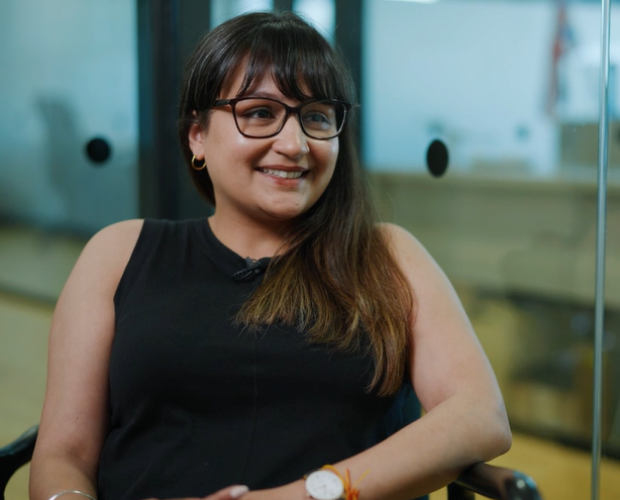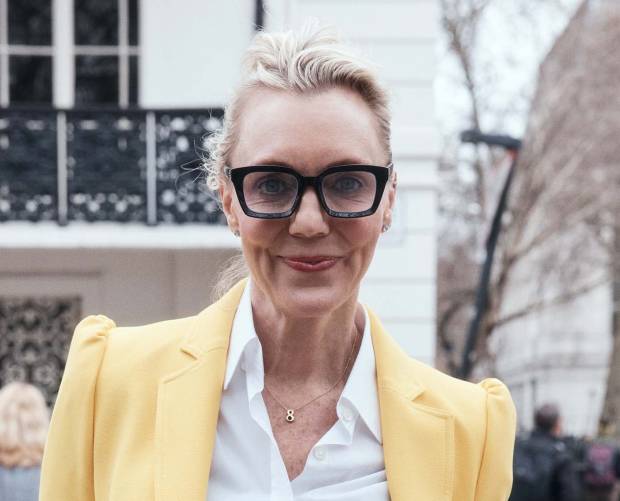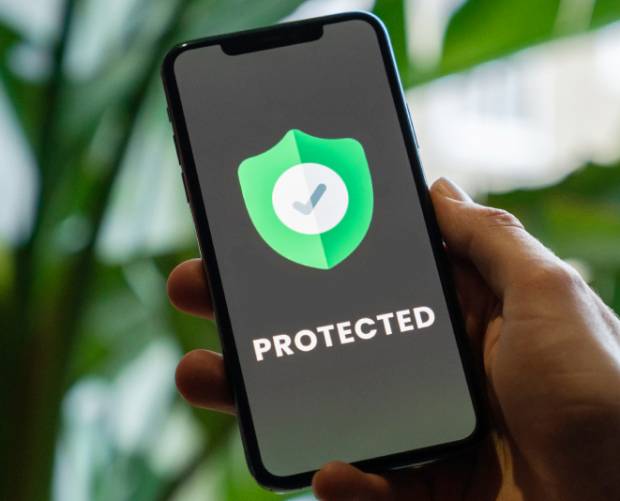
DM: So Casey give us the 2-minute intro to Adometry please.
CC: Sure. The story starts with a company called Click Forensics which launched in 2006 and specialised in clickfraud protection for paid search. We pretty much cracked that market, but it wasn’t that big a market, and so in 2010, the company combined with Adometry, who specialized in ad verification and analytics, making sure that ads were served where they should be served and that sort of thing, and we set out to solve the problem of attribution, tracking a sale back to the source or sources responsible for that sale.
DM: Can you give me an idea of the size of the company.
CC: We are 120 people, though to give you an idea of the growth trend, back in January, we were only 50. Our HQ is in Austin, we also have an office in Seattle, and we are just opening up in London. We should be three or four people here by the end of the year, and we already have a few customers here, including ASOS, Made.com, Moneysupermarket and Lebara.
DM: OK, so we know that attribution is an issue for marketers, how do you try to solve the problem?
CC: We capture all marketing events online, including ad impressions, search clicks, email, social referrals, affiliate activity, and then we capture conversion events and model the two to say which part of the marketing drove that conversion.
DM: Sounds simple when you put it like that, but obviously that’s a pretty tall order. When you attribute a sale to a certain piece of the marketing, do you do so with a given degree, say 80 per confidence, that you’re right?
CC: I’d say we are mostly confident that we are right. We have a bunch of PHD statisticians, and a model that dynamically validates itself and makes sure the results are accurate, so we can advise customers on frequency capping, the top-performing keywords and affiliates, and much more. Rather than just looking at the last event, this gives them a full funnel view of all events.
DM: So how do you monitor the entirety of a brand’s digital activity? Are you plugged in to every online and mobile ad network? Say for example, I need a pair of shoes, so I do a search on my phone, I end up on a website that’s not mobile optimised, so it’s hard to navigate, but I do like their shoes, so later today or tomorrow, I visit their website and end up buying a pair of shoes. As I see it, without your (or other similar) tech, that sale would be attributed purely to the website and the last search term I used to get there. With your tech, mobile’s part in the sale would be recognised, correct?
CC: Well first up, the mobile stuff is a work in progress, so let’s talk about non-mobile for the moment. Most of the major ad networks and ad servers have an ad container, so we have instrumented ads and emails and websites to pick up clicks.
It is more challenging on the mobile side. There are some challenges which we are working on solving.We are also trying to stitch together the devices, so that in the scenario you described earlier, we can recognise that you on your laptop at home buying shoes are the same person who was searching for shoes on your phone the day before.
We are currently in beta with a handful of customers around mobile device investigation and cross-device recognition, because without that, you’re only looking at things at the device level rather than at the user level.
DM: And when do you expect to have a fully-fledged mobile solution? Have you decided who you need to work with on this or are you still selecting partners?
CC: Q1 or Q2 of next year. We have partnered with a company called Tapad out of New York to do the device identification, and we are evaluating other technology and partners. We don’t think this is a problem with just one answer.
DM: And is this just online? What about someone seeing a 6-sheet poster by the side of the road and the part that might play in the sale?
CC: That’s an interesting point, we do see offline and online converging. Most of our clients are digital natives, but they are also doing offline and out of home, so we try to give them a top-down econometric model that looks at the impact of all channels and business outcomes.
DM: And how do you charge for your services?
CC: We charge on a volume basis depending on the number of impressions and clicks we are measuring. It’s a SaaS service, but it is also service intensive; it’s a tandem bike approach so we have account managers, data scientists, project managers, we don’t just give our clients a log in and leave them to it. It’s an iterative process where we test things and bring channels, in so it’s more of a journey.




